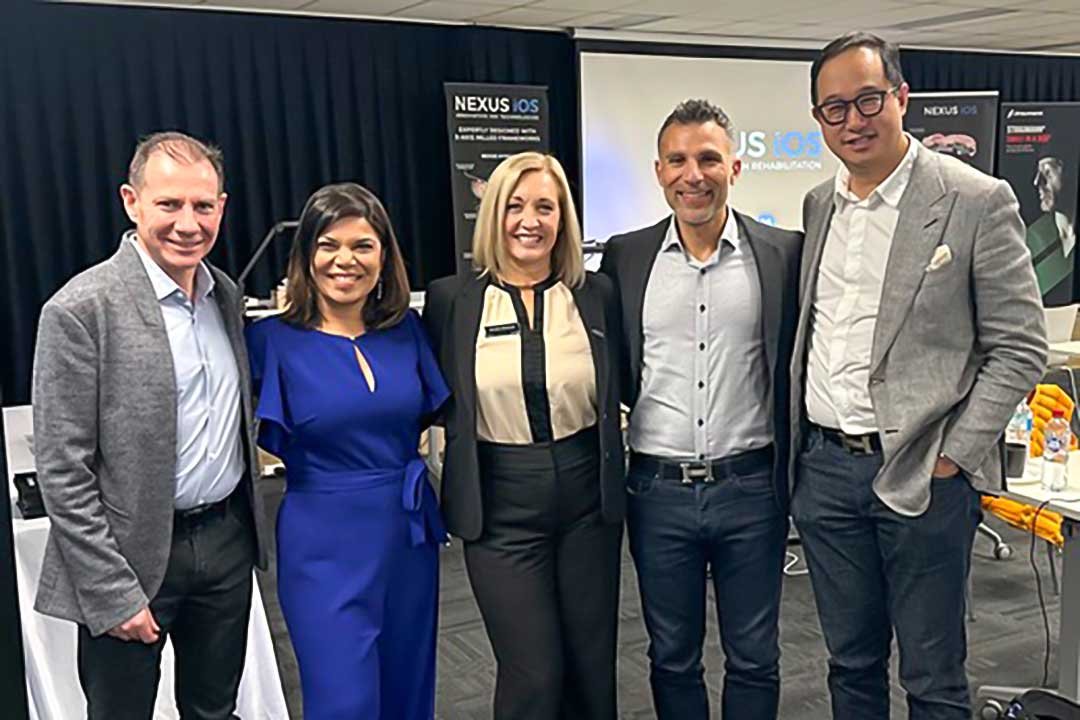You may have been told that you do not have sufficient bone for dental implants. However, this does not mean there is no solution to restore your dental function and improve your quality of life. You could go home with a fixed bridge and teeth in a day.
What are Zygomatic Implants?
Zygomatic implants are longer than conventional dental implants and they are anchored in the zygomatic bone (cheek bone), when there is not adequate quality or quantity of maxillary (upper jaw) bone.
They are used:
These implants are placed under general or local anaesthesia. Your surgeon will discuss this with you before your surgery.
The implants are placed through the upper jaw, with the apex (tip) of the implant anchored in the zygoma. Normally, other implants will be placed in the front of the upper jaw at the same time. Your surgeon will outline the implants and their placement in your treatment plan.
What complications may occur?
Infection may occur occasionally – this will be treated with an appropriate antibiotic. Other complications are extremely rare.
How painful is the procedure?
During the procedure you will be very numb because your clinician will use a strong local aneasthetic.
After the procedure a large part of your face will feel numb, but this will wear off. Mild swelling around the lower eyelid might occur. The majority of patients experience only slight pain at this stage, and it can generally be controlled with analgesics (pain relievers).
What will my final teeth be like?
Zygomatic implants are now used throughout the world and patients who have been treated using this technique are generally very happy with the cosmetic and functional results.
In most cases, you will go home with bridges and crowns fitted. In some cases, the implants will be left for four to five months to integrate before the crowns and bridges will be placed during a second procedure.
Most patients can be provided with a fixed bridge, (this does not have to be removed). Others will be provided with a removable denture that clicks onto the implants. Your options will be discussed with you and outlined in your treatment plan.
Benefits of Zygomatic Implants
What is Sinus Lift and Bone Graft?
In some cases where the natural teeth have been missing for a long time, the natural bone may have shrunk to the point that implants cannot be placed in the normal way. A sinus lift or bone graft would be necessary to ‘create’ the necessary bone volume. Here, a bone product is added to the area where the implants are to be placed, thickening the bone to provide sufficient bone support for the implants.
This procedure is common. The membrane lining the inside of the sinus is gently lifted away from the sinus floor, and bone is placed into this space, thickening the upper jaw bone. The graft is left for about 6 months to develop its own blood supply and turn into natural bone. After this healing period, dental implants can be placed provided there are no complications.
Looking After Your Dental Implants
Medications
Diet
Oral Hygiene
Dr. Petros Yuvanoglu
Cert. Prosthodontics (Tufts, USA)
Adjunct Faculty, Tufts University School of Dental Medicine





